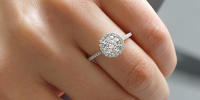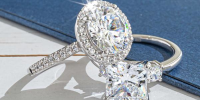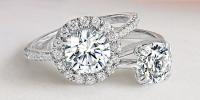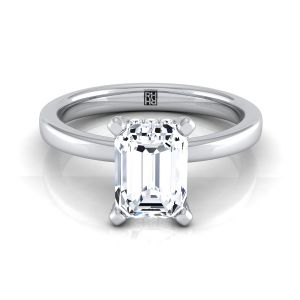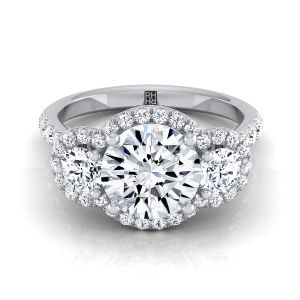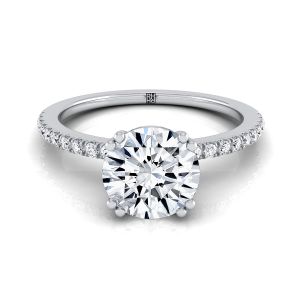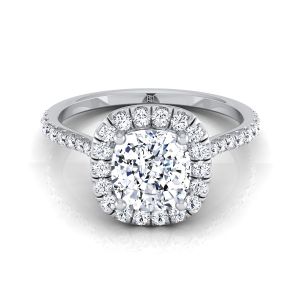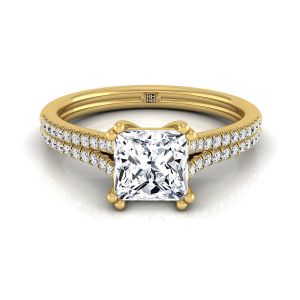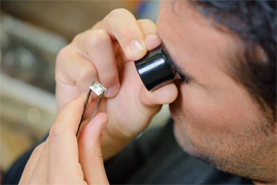
Summer Sale:
0
Days
0
Hours
0
Minutes
0
Seconds
UP TO 15% OFF LAB GROWN DIAMONDS
UP TO 25% OFF ENGAGEMENT RINGS
FREE SHIPPING + FREE RETURNS
100% HASSLE FREE GUARANTEE + LIFETIME WARRANTY
Three Common Settings Used in Engagement Rings
The setting determines the design and appeal of a ring, whatever gemstone it may hold. In the case of diamond rings, the setting is of utmost importance, and choosing the right one can ensure that they last for generations. Made of two important parts known as the shank or body, and the head or gallery, the setting actually determines how the diamond or other gemstone is held in place securely.
To find out the best setting for a diamond engagement ring, it is vital to know about some of the common kinds. Besides, it plays a dominant role in the overall appearance of the ring. Diamond ring settings are of different kinds, and some of these are:
Prong Setting – Prong is the most commonly used setting for diamond engagement rings. It has tiny claw-like structures that grab the diamond on four of its sides. This setting can hold many sizes of stone, as the claws can accommodate many sizes and shapes. The raised setting allows the diamond to disperse more light, and thus shine well.
Halo Setting – Halo setting does not have any claws, but secures the diamond in its place within a rim of pave or channel-set diamonds. The added diamond rings around the central diamond can make it more appealing. The collar that secures the diamond at the center prevents any scratching or knocking, thus preserving its brilliance.
Channel Setting – Another common diamond ring setting is the channel setting. In it, the diamonds or other precious stones are positioned aside each other, and cover the entire circle of the ring. The diamonds are suspended in specific seats on the side of the channel. Moreover, the diamonds are closely held together, which prevents them from loosening.

RockHer’s team of gemologists is available via live chat, phone,
and email to help you choose the diamond that’s right for you.
LET’S CHAT
Recent Post
top 10 Engagement Rings










